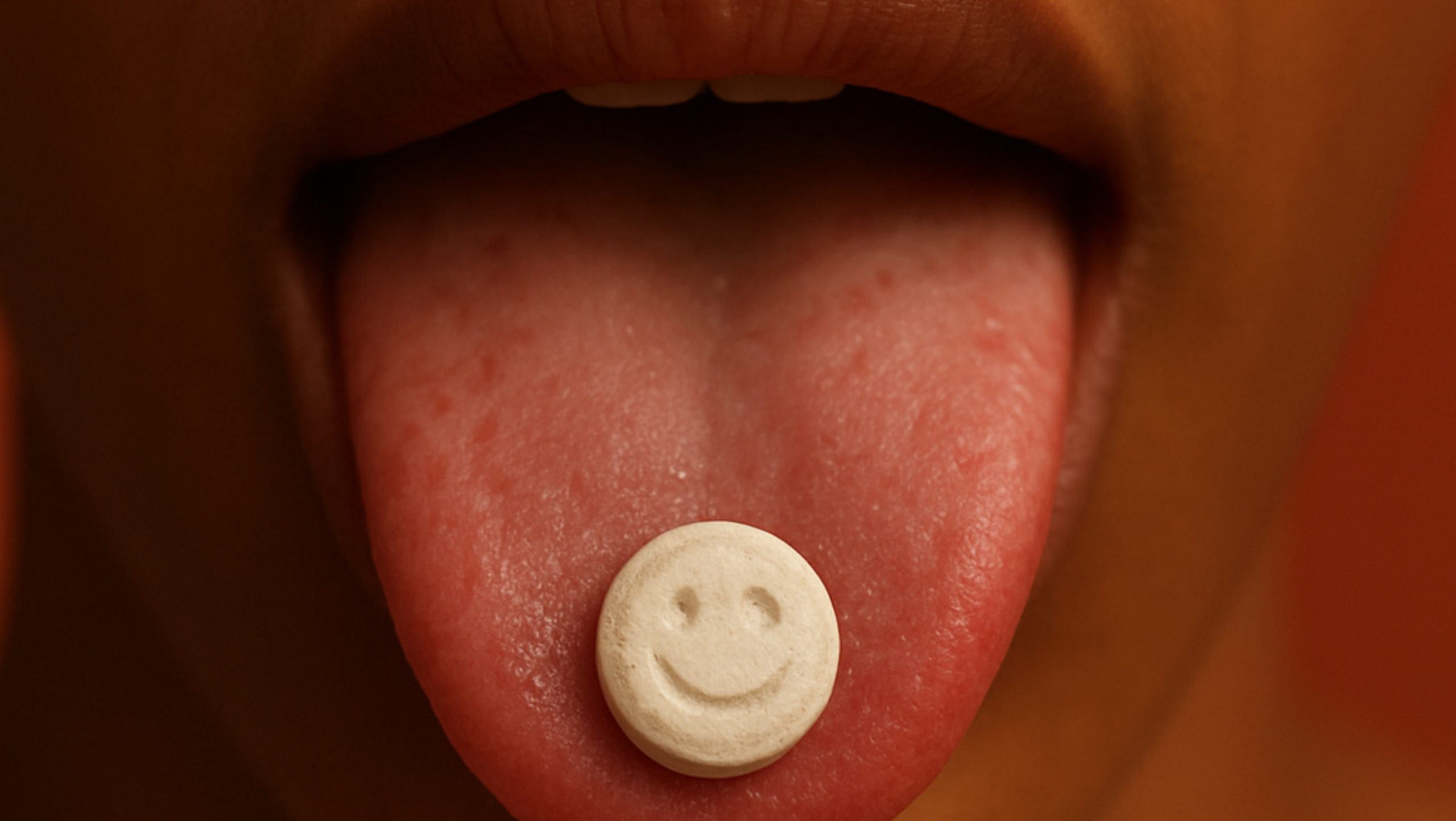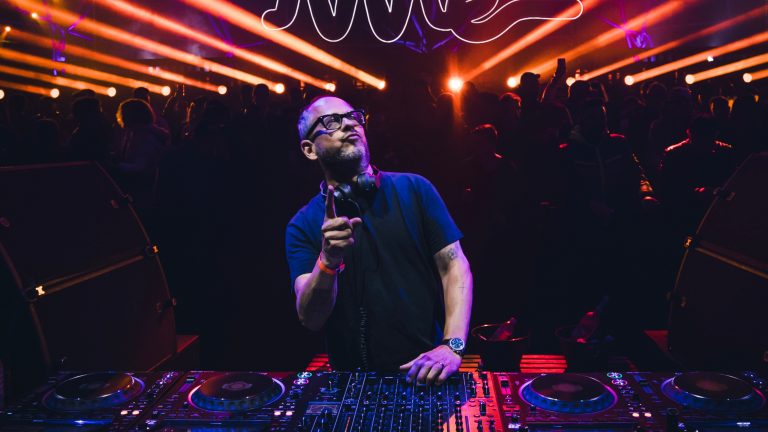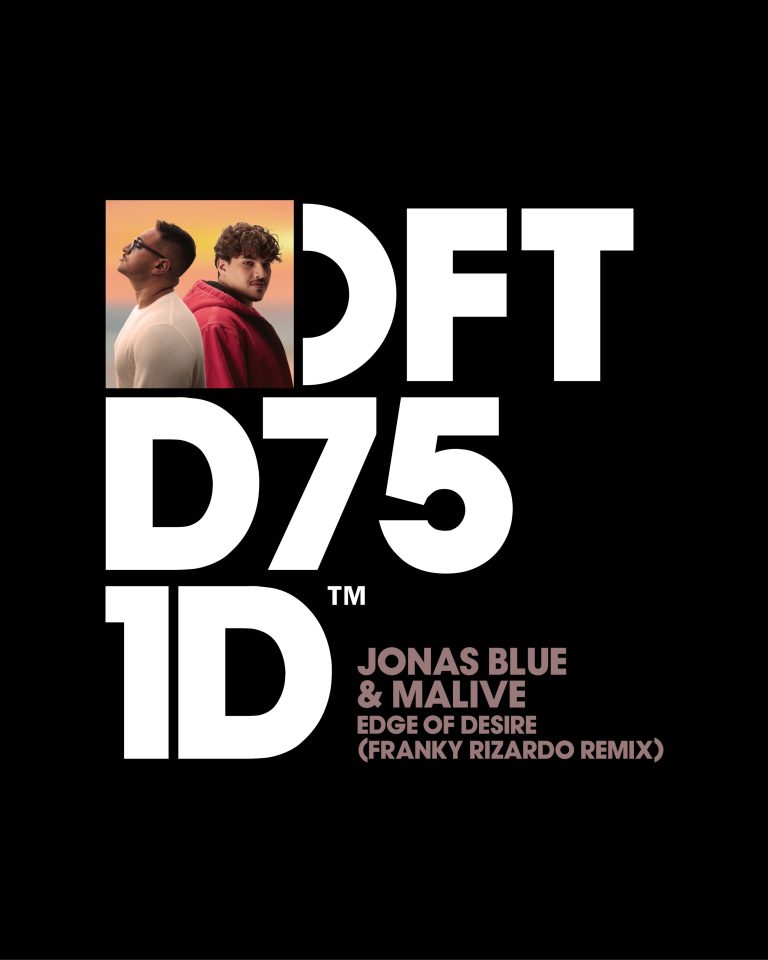After years of silence on the dancefloor, Europe’s nightlife has returned to full volume and with it, the use of MDMA appears to be climbing again. Recent European studies that analyse substance traces in urban wastewater, including research from the European Monitoring Centre for Drugs and Drug Addiction (EMCDDA) and the UK Home Office, reveal a noticeable increase in MDMA levels across major cities. These findings suggest that the continent’s party culture is finding its rhythm once more.
The data points to countries such as the United Kingdom, the Netherlands, Belgium, Portugal and the Czech Republic, where analysts have recorded year on year growth in MDMA residues. While these studies measure collective trends rather than individual use, the overall pattern aligns with what many in the music industry have already sensed: a resurgence of the energy, intensity and social connection that define post pandemic nightlife.
For decades, MDMA has been intertwined with electronic music culture. From the early days of rave in the late 1980s to the modern festival era, it has symbolised both euphoria and escape, a substance associated with unity, emotion and rhythm. The recent rise in its detection could be interpreted as a reflection of renewed enthusiasm for shared experiences, dancing together, connecting again and rediscovering the collective heartbeat that drives club culture.
However, experts also highlight that an increase in MDMA presence does not necessarily indicate a rise in users. It may instead reflect higher purity levels or stronger concentrations now circulating in the market. With nightlife booming and major festivals operating at full capacity once again, discussions around safety, education and responsible use are more relevant than ever. Across Europe, more promoters are supporting harm reduction programmes, on site drug checking and awareness initiatives that focus on health and wellbeing.
Organisations such as The Loop continue to play a vital role in promoting safer nightlife. Through on site testing, harm reduction advice and evidence based education, The Loop provides essential support for festivalgoers and clubbers, helping them make informed decisions while protecting the integrity of the culture itself.
At the same time, MDMA’s image continues to evolve. While it remains closely linked to nightlife, the substance is also gaining attention in medical research, particularly in controlled studies exploring its potential role in therapy for trauma and anxiety. This dual identity, existing both within nightlife and science, highlights the cultural significance of MDMA and its impact beyond the dancefloor.
Whether seen as a sign of revival or reflection, the increase in MDMA traces signals one clear reality. Europe’s nightlife is alive again. The sound systems are on, the crowds have returned, and with them comes a renewed sense of freedom, a reminder of how powerful and complex the relationship between music, people and chemistry can be.
For verified data, see the UK Home Office wastewater analysis report Measuring Illicit Drug Consumption in 2023 and 2024 (gov.uk) and the EMCDDA European Drug Report 2025 (euda.europa.eu).




